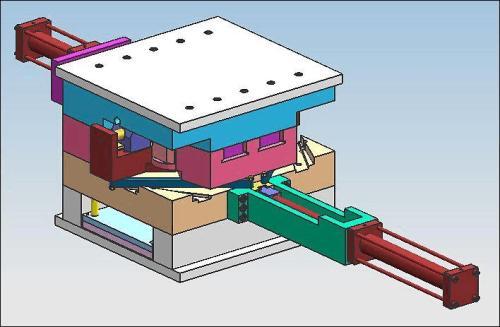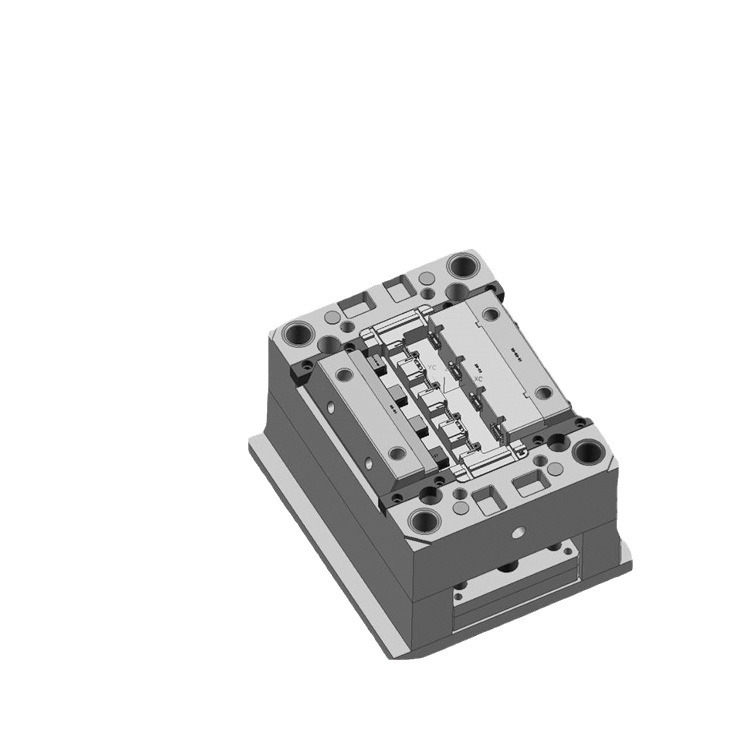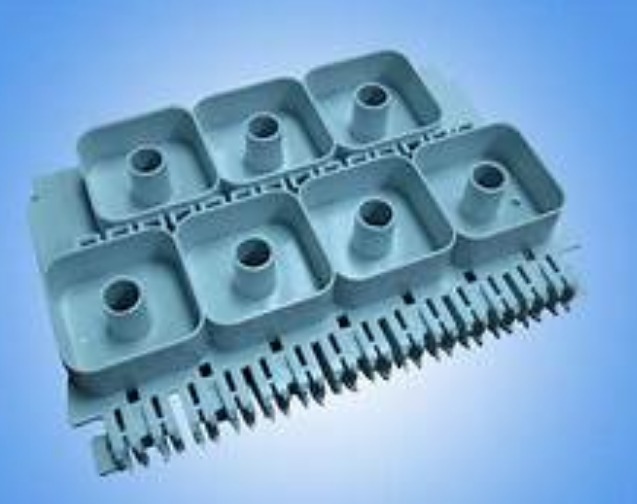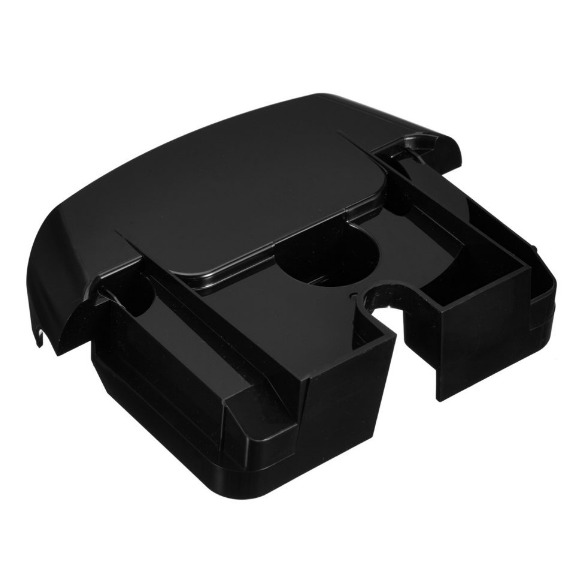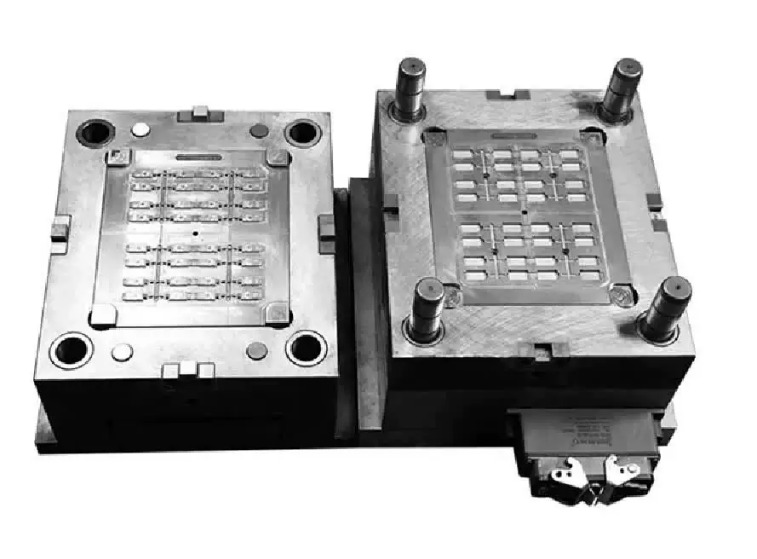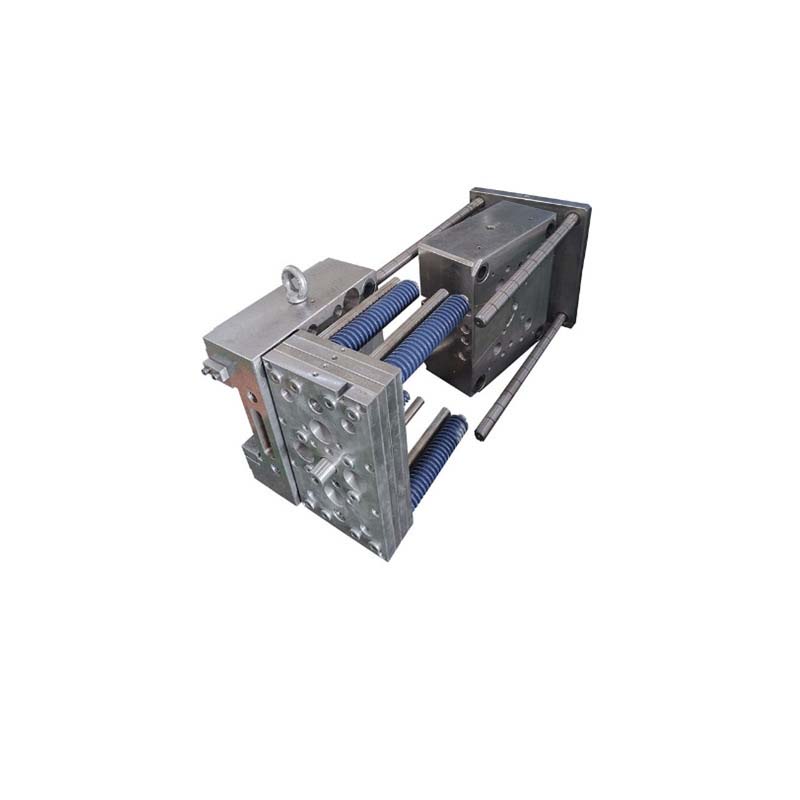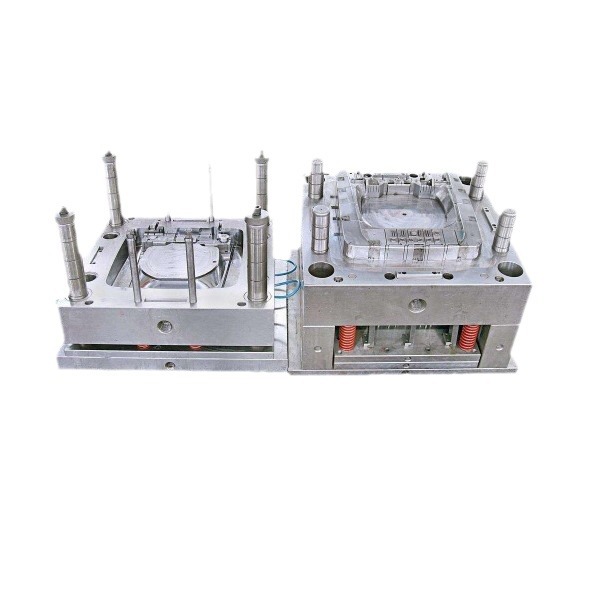The Significance of Considering Plastic Mold Making in Product Design
When an engineer designs a product, taking the rationality of plastic mold making into account is of utmost importance. This consideration directly impacts multiple aspects of the product life - cycle, from production to cost - effectiveness.
Cost - savings
Material costs: A well - designed plastic mold can significantly reduce material waste. For example, if an engineer designs a product with complex shapes that are difficult to mold, it may lead to a higher scrap rate during the molding process. According to industry statistics, in some cases of improper design, the material waste rate can be as high as 20 - 30%. However, a rational design that aligns with the capabilities of plastic mold making can reduce this waste rate to less than 5%. This not only saves on the cost of raw materials but also minimizes the environmental impact associated with waste disposal.
Mold manufacturing costs: Designing a product with the rationality of plastic mold making in mind can also lower mold manufacturing costs. A simple and efficient mold structure, which is achievable through proper product design, requires less machining time, fewer complex operations, and fewer high - cost mold components. For instance, avoiding undercuts and sharp corners in product design can simplify the mold structure. A mold with a complex structure may cost 30 - 50% more to manufacture compared to a well - designed, simple mold.
Production efficiency
Cycle time: The design of a product affects the cycle time of plastic mold making. A product with a rational design allows for faster mold filling and shorter cooling times. In injection molding, for example, a product with uniform wall thicknesses can cool evenly, reducing the cooling time. A study in the plastics industry shows that products with optimized designs can reduce the injection molding cycle time by 15 - 20%. This means that more products can be produced in the same amount of time, increasing productivity.
Ease of demolding: A good product design ensures easy demolding. If the product design makes it difficult to remove the molded part from the mold, it can lead to production delays and potential damage to the product or the mold. For example, if there are tight tolerances or complex internal structures that prevent smooth demolding, operators may need to spend extra time and effort to remove the part, or the part may be damaged during the process. This can disrupt the production line and increase production costs.
Product quality
Dimensional accuracy: Considering plastic mold making in product design helps maintain dimensional accuracy. A well - designed mold can ensure that the plastic parts are formed with the required precision. For example, in the production of small plastic gears for electronics, tight tolerances are crucial. If the product design does not account for the shrinkage and expansion characteristics of the plastic material during molding, the resulting gears may have incorrect tooth profiles or diameters, affecting the performance of the final product.
Surface finish: The design of the product and the mold also impacts the surface finish of the plastic part. A smooth - flowing mold design, with proper gating and venting, can prevent surface defects such as sink marks, flow lines, and air traps. These defects not only affect the aesthetic appearance of the product but also may reduce its functionality in some cases. For instance, in the production of plastic housings for high - end consumer electronics, a flawless surface finish is essential for consumer acceptance.
In conclusion, neglecting the rationality of plastic mold making in product design can lead to a host of problems, including increased costs, reduced production efficiency, and compromised product quality. Therefore, engineers must collaborate closely with mold makers from the early stages of product design to ensure the best possible outcome.
Key Factors for Engineers in Design
Material Selection
When selecting plastic materials, engineers must consider several crucial factors.
- Material flowability: It significantly impacts the mold filling process. For example, materials with high flowability, such as some grades of polyethylene (PE), can easily flow into complex - shaped mold cavities. This allows for the production of parts with thin - walled sections and intricate details. In contrast, materials with low flowability may lead to incomplete filling, resulting in defective products. A study found that in the injection molding of small plastic components, when using a material with improper flowability, the defect rate due to incomplete filling can be as high as 15 - 20%.
- Shrinkage rate: Different plastic materials have varying shrinkage rates during the cooling process after molding. High - shrinkage materials like polypropylene (PP) may shrink up to 2 - 2.5% in some cases. If an engineer does not account for this shrinkage in the product design and mold making, the final product may have dimensional inaccuracies. For instance, in the production of plastic housings for electronic devices, incorrect consideration of shrinkage can lead to a poor fit between the housing and internal components.
- Strength: The required strength of the final product determines the choice of plastic material. For products that need to withstand high mechanical stress, such as automotive interior components or industrial equipment parts, engineering plastics like acrylonitrile - butadiene - styrene (ABS) or polycarbonate (PC) are often preferred. ABS has good impact resistance and can handle the vibrations and impacts in automotive applications, while PC offers high tensile strength and heat resistance, making it suitable for parts in high - temperature environments.
Geometric Design
The geometric design of a product has a profound impact on plastic mold structure and manufacturing processes.
- Wall thickness uniformity: Maintaining uniform wall thickness is essential. Uneven wall thicknesses can cause differential cooling during the molding process. For example, if a plastic part has thick and thin sections adjacent to each other, the thicker section will cool more slowly. This can lead to internal stresses, warping, and sink marks on the surface of the product. In injection - molded plastic toys, non - uniform wall thickness can result in an unattractive appearance and reduced structural integrity.
- Demolding slope: A proper demolding slope, also known as draft angle, is crucial for easy removal of the molded part from the mold. A typical draft angle ranges from 0.5 - 2 degrees, depending on the material and the complexity of the part. Without an adequate draft angle, the part may stick to the mold, requiring excessive force to remove it, which can damage the part or the mold. In the production of plastic pipes, a sufficient draft angle ensures smooth demolding during the extrusion process.
- Reinforcement rib design: Reinforcement ribs can enhance the strength of a plastic part without increasing the overall wall thickness. However, their design must be carefully considered. The height, thickness, and spacing of the ribs should be optimized. For example, in the design of plastic storage bins, well - designed ribs can increase the load - bearing capacity of the bin while keeping the material usage and production cost in check. If the ribs are too tall or too closely spaced, they may cause problems such as flow disturbances during molding or difficulty in demolding.
Tolerance Setting
Tolerance setting is of great significance in product design considering plastic mold making.
- Importance: Tolerances determine the allowable deviation of the product's dimensions from the nominal values. In the plastic molding industry, tight tolerances are more challenging and costly to achieve. However, for some products, such as precision medical devices or aerospace components, tight tolerances are necessary to ensure proper functionality and compatibility with other parts.
- Setting based on requirements: Engineers need to set tolerances according to the mold manufacturing process and product usage requirements. For example, in injection molding, the typical dimensional tolerance for general - purpose plastic parts is around ±0.1 - 0.5 mm. But for high - precision parts, the tolerance can be tightened to ±0.01 - 0.05 mm. In the production of plastic gears for watches, where high - precision meshing is required, a tight tolerance of ±0.02 mm may be set to ensure smooth operation and accurate timekeeping. On the other hand, for less critical applications like plastic flower pots, a relatively looser tolerance of ±1 - 2 mm can be acceptable, which reduces the manufacturing cost without sacrificing the product's usability.
Successful Case Studies
Case 1: Consumer Electronics Product
A leading consumer electronics company was developing a new smartphone housing. Initially, the design engineers focused mainly on the aesthetic and functional aspects of the housing, without fully considering the plastic mold making process. The first - round prototypes had complex curves and sharp corners, which made the mold design extremely difficult. As a result, the mold manufacturing cost was high, and the production cycle was long. Moreover, the high - pressure injection required to fill the complex mold cavities often led to warping and dimensional inaccuracies in the plastic parts.
After realizing the issues, the engineering team collaborated closely with mold - making experts. They redesigned the housing with more gentle curves, uniform wall thicknesses, and appropriate draft angles. By doing so, the mold structure was simplified. The mold manufacturing cost was reduced by 30%, and the production cycle time decreased by 20%. Additionally, the defect rate dropped from 10% to less than 3%, significantly improving the product quality and production efficiency.
Case 2: Automotive Interior Component
An automotive parts supplier was tasked with manufacturing a new type of plastic dashboard component. In the original design, the component had a large number of undercuts and complex internal structures to accommodate various electrical and mechanical components. This design made the mold construction very challenging and expensive. The demolding process was also difficult, often resulting in damaged parts.
The engineering team decided to re - evaluate the design. They used advanced CAD (Computer - Aided Design) software to optimize the component's geometry. They replaced some of the undercuts with snap - fit mechanisms that were easier to mold. The internal structures were rearranged to simplify the mold design. After the redesign, the mold manufacturing cost was cut by 40%. The production efficiency increased as the cycle time was reduced by 25%. The product quality improved as well, with better dimensional accuracy and a more consistent surface finish, meeting the high - quality standards required by the automotive industry.
Yigu Technology's Viewpoint
As a non - standard plastic metal products custom supplier, Yigu Technology firmly believes that considering the rationality of plastic mold making in product design is the cornerstone of success. When engineers collaborate closely with us during the design phase, we can jointly optimize the product structure. This not only enables us to create molds with higher precision and efficiency but also significantly reduces production costs. By doing so, the final products can achieve better quality and shorter lead times, enhancing our customers' competitiveness in the market. Moreover, a rational design considering mold making helps us meet diverse customer requirements accurately, leading to higher customer satisfaction.
FAQ
What are the common mistakes in product design that 忽视 plastic mold making rationality?
Some common mistakes include uneven wall thickness in the product design. For example, if a plastic part has areas with significantly different wall thicknesses, it can cause differential cooling during the molding process. This may lead to internal stresses, resulting in warping or sink marks on the surface of the final product. Another mistake is not providing sufficient demolding slopes. Without proper draft angles (usually 0.5 - 2 degrees), the molded part may stick to the mold, making demolding difficult and potentially causing damage to the part or the mold. Additionally, complex undercuts or sharp corners in the product design can complicate the mold structure, increase mold manufacturing costs, and also cause problems during the molding process, such as incomplete filling.
How can engineers balance product functionality and plastic mold making feasibility?
Engineers can start by conducting multiple design 方案 evaluations. They should create several design concepts that meet the product functionality requirements and then assess each one from the perspective of plastic mold making feasibility. For instance, using CAD software to simulate the molding process for different designs can help identify potential issues early. Close cooperation with mold manufacturers is also crucial. By involving mold - making experts from the initial design stage, engineers can get valuable insights on what is achievable in terms of mold making. They can jointly optimize the design, making adjustments to the product's geometry, material selection, and tolerance settings to ensure both functionality and mold - making feasibility. Regular communication and feedback between the two parties throughout the design process are essential to reach a balanced solution.
What new technologies are emerging in plastic mold making that can influence product design?
One emerging technology is 3D printing for mold making. 3D printing allows for the creation of complex mold geometries that were previously difficult or impossible to manufacture using traditional methods. This enables engineers to design products with more intricate internal structures and unique shapes. For example, in the production of small, customized plastic parts, 3D - printed molds can reduce lead times and costs. Another technology is the advanced 热流道技术. In traditional cold - runner systems, a significant amount of plastic is wasted in the form of runners and sprues. Hot - runner systems, on the other hand, keep the plastic in a molten state in the runner system, which not only reduces material waste but also allows for more precise control of the plastic flow during molding. This can lead to products with better surface finishes and more consistent quality, influencing product designers to focus more on high - quality surface requirements and complex multi - material or multi - color injection designs.
